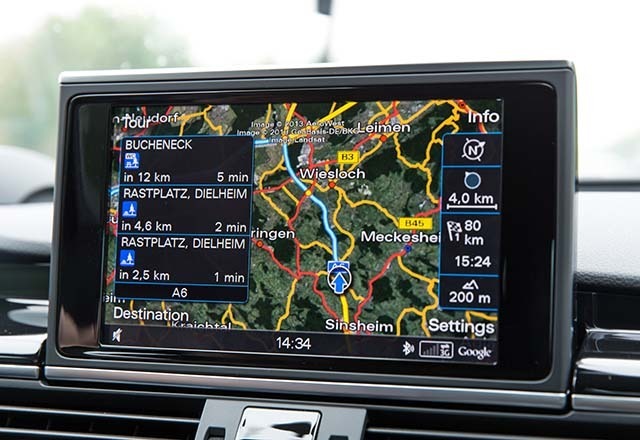Search the Community
Showing results for tags 'tech'.
-
J.D. Power has announced the results of their inaugural Tech Experience Index (TXI) Study. The study focused on the experience of owners with a vehicle's technology features such as infotainment and safety during the first 90 days. The good news is the average satisfaction score was 730 out of a pos...
- 16 comments
-
- drivers
- j.d. power
-
(and 3 more)
Tagged with:
-
J.D. Power has announced the results of their inaugural Tech Experience Index (TXI) Study. The study focused on the experience of owners with a vehicle's technology features such as infotainment and safety during the first 90 days. The good news is the average satisfaction score was 730 out of a pos...
- 16 replies
-
- drivers
- j.d. power
-
(and 3 more)
Tagged with:



